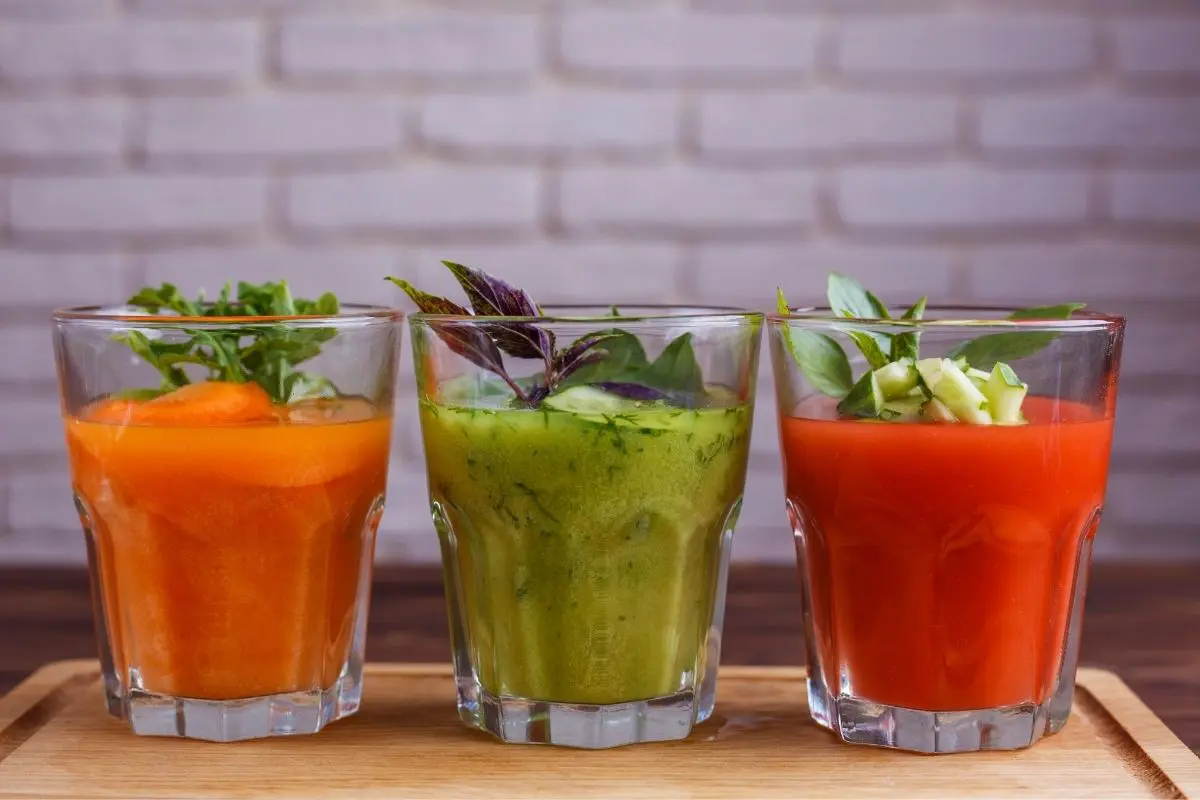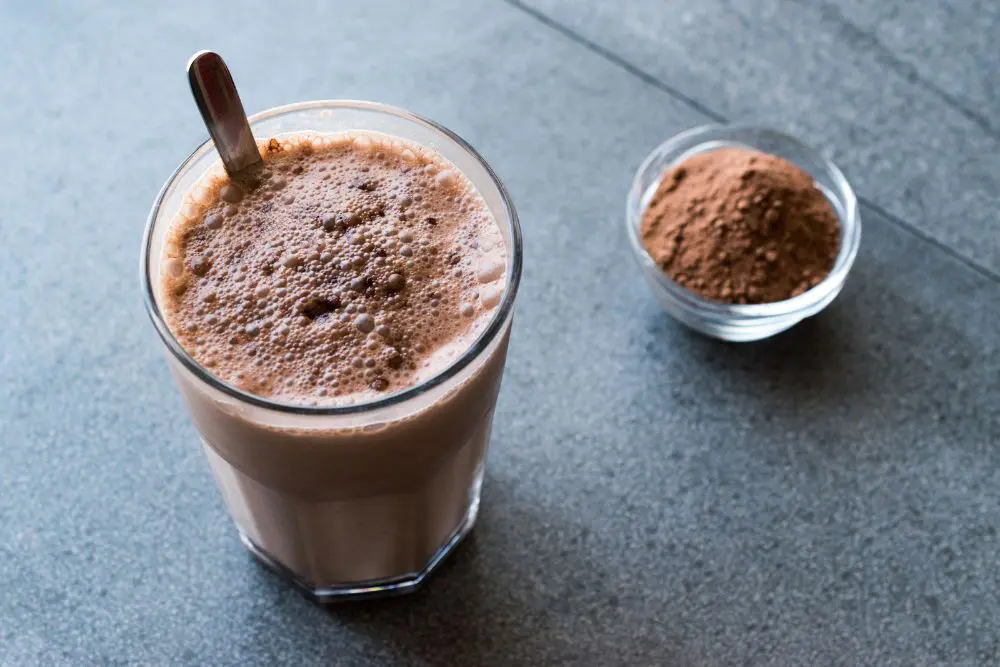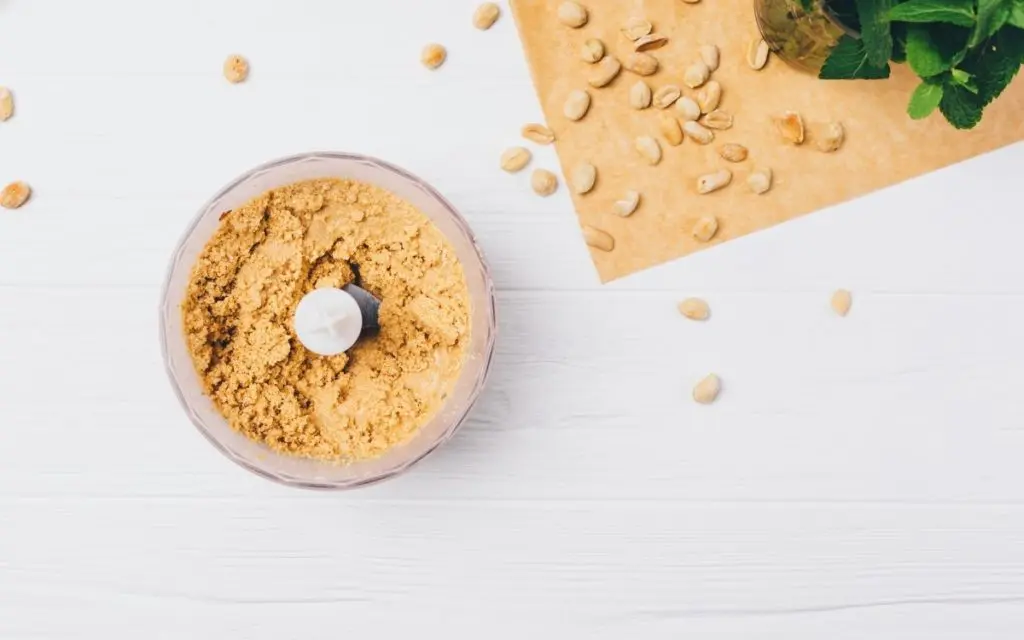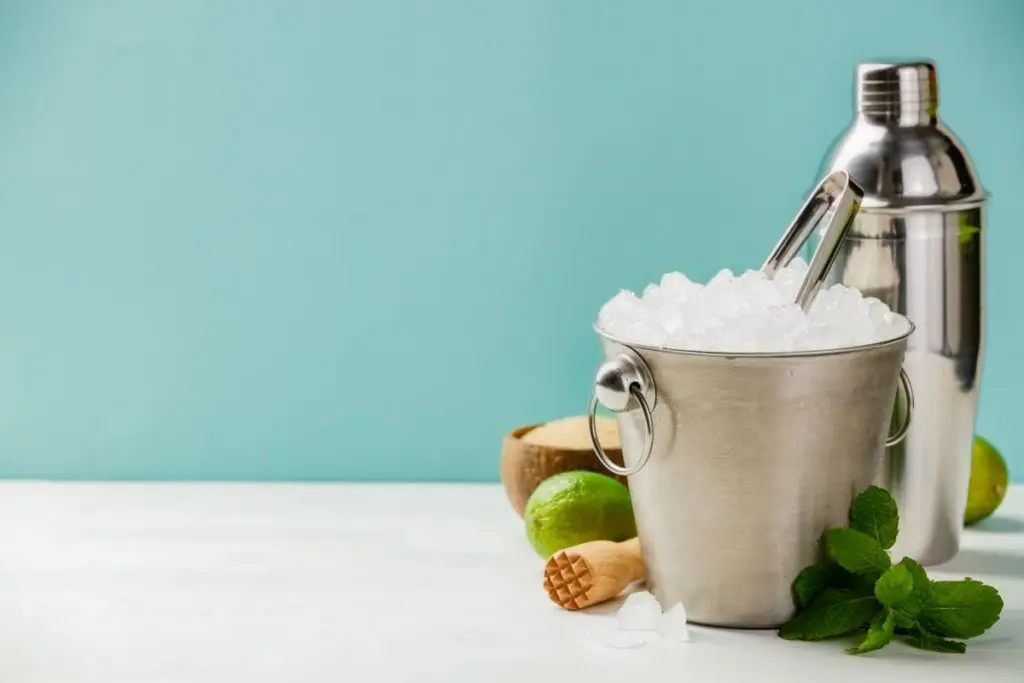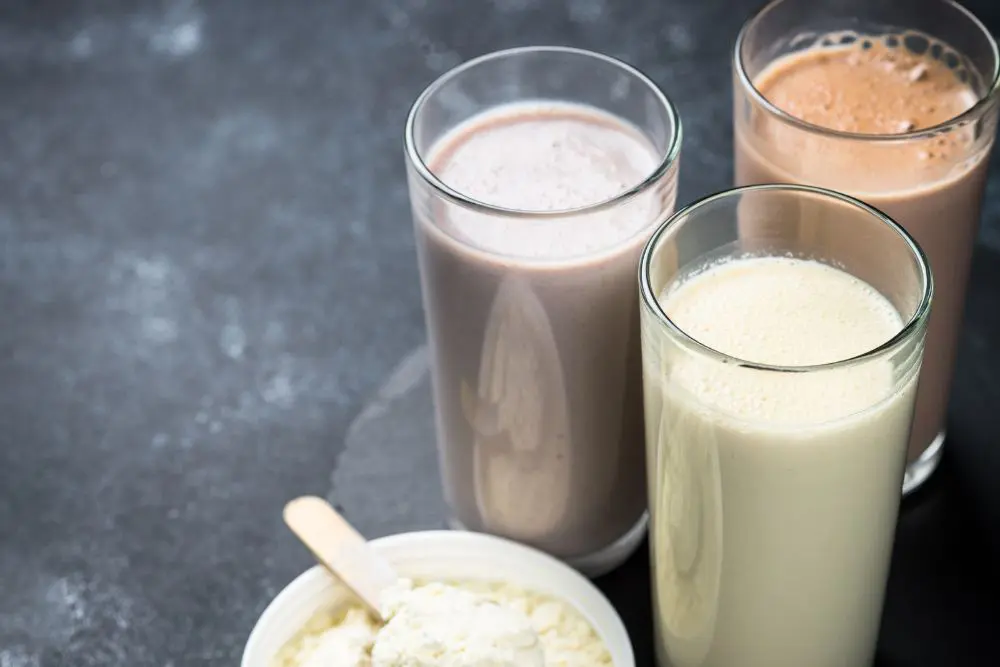Food processors vs blenders: two of the most useful appliances in the kitchen. From purees to smoothies to salsa, they can help you create a wide variety of recipes. They each serve a unique purpose to create a final product that the other might not achieve. However, there are some cases where you can use the two interchangeably. All this said, what really is the difference between food processors and blenders? If you’ve ever wondered about how you should best use the two products, you wouldn’t be the only one.
Here, we’re delving into the difference between blenders and food processors. We’ll take a look at different uses for each appliance, and what they are best for, as well as similarities. Keep reading to learn about food processors versus blenders.
Food Processors vs. Blenders: Functionality
Both blenders and food processors have critical roles in the kitchen. However, their seemingly similar functionality might lead some to wonder how different they truly are when slicing and dicing food. Both food processors vs. blenders use motors and blades to accomplish their tasks. A blender usually has a stronger motor than a food processor because it does a better job at blending its contents into a smooth texture.
The blades of the two devices differ as well. Food processor blades are not as sharp as those on a blender. Blenders also usually have four blades, whereas most food processors have only two. Because food processors have duller and fewer blades, they create a more chopped appearance to their contents instead of a thorough blend as traditional blenders do. Due to their structure, food processors are better at slicing through thicker foods, whereas a blender would struggle with the same food.
Blenders are cone-shaped, which means they’re better equipped to push their contents around the container. Contents move in a cycle. This ensures that all the contents hit the blades and blend to their entirety. On the other hand, food processors tend to be shorter and wider. Their blades usually reach the edges of the container, but their shape doesn’t promote a thorough movement of the contents through the main container.
What is an Alternative to Food Processors?
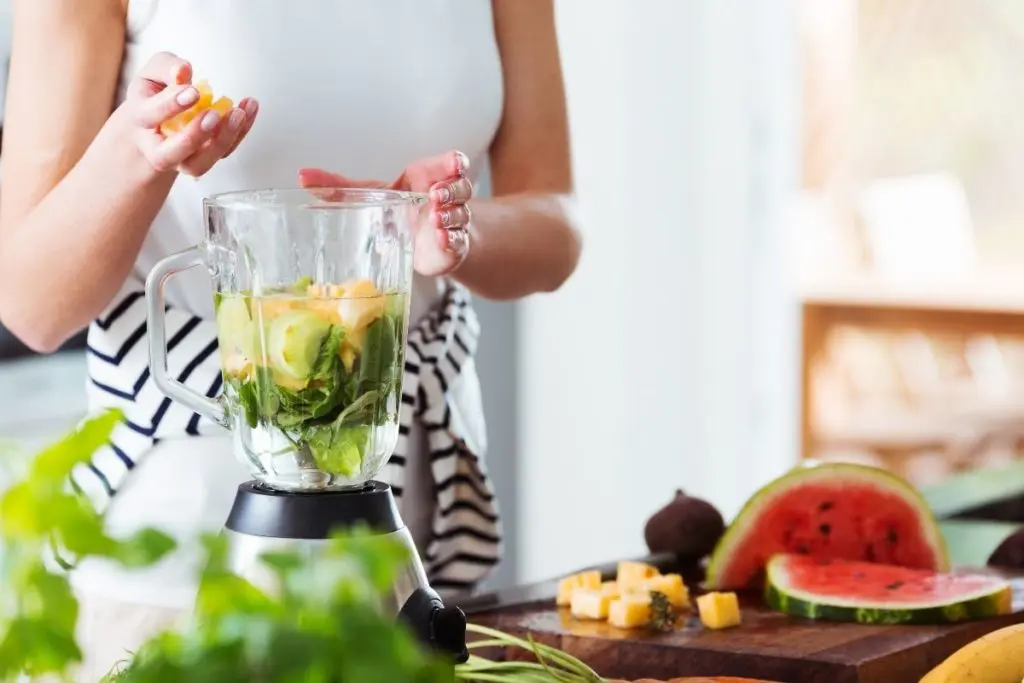
Most kitchens are more likely to have a blender instead of a food processor. However, because of their unique functionality, there are many cases where food processors are necessary. All this said, there are some alternative options for food processors.
You can try using a mixer for solely combining solids or liquids. If you are mixing dough, dips, or creams, consider using a countertop mixer to combine these ingredients thoroughly. You can even use a hook attachment to help knead dough for bread and cookies. Of course, a mixer is not effective if you need to slice up food.
Next, consider using a coffee grinder to chop. Coffee grinders and food processors have similarly powered motors and blades that are roughly the same sharpness. The main difference is the size of the container and the length of the blades. Coffee grinders are also not able to cut through as dense of foods as food processors. However, if you’re in a pinch, a coffee grinder can work to replace a food processor in some circumstances. A coffee bean grinder can chop through solid foods to create a chunkier mixture. The blades are sturdy and small. Its small canister means the contents will be more consistently chopped as opposed to a blender.
You can use a grater to shred hard vegetables like carrots and raw potatoes. They won’t have the same consistency as they would having been put through a food processor. However, the vegetables will be broken down into smaller pieces, making them optimal for salads, zest, or coleslaw.
While food mills are manual and somewhat old-fashioned, they can serve a good purpose if you don’t have a food processor on hand. They are an easy way to process soft foods to make cauliflower rice or mashed potatoes.
Can You Use a Blender Instead of a Food Processor?
In short, yes, you can use a blender instead of a food processor sometimes. The case in which you can use a blender to replace a food processor depends on what you’re making. Since blenders are better equipped to finely mince soft foods, giving them a liquid-like consistency, you can use them for soups and purees. Here are some instances where you can easily use a blender instead of a food processor:
- Soft vegetables
- Bread crumbs
- Baby food
- Pesto
- Shredded cheese
- Ice
- Some dough (We only recommend this if you have a top-of-the-line blender)
The most significant difference to note when considering whether you should use a blender and food processor interchangeably is what kind of consistency you’re aiming to achieve. Blenders struggle to slice through stronger solids and work better with soft foods meant to be totally pulverized. If you want any chunky texture to your final product, a food processor is your best option.
Food Processors vs. Blenders: Use
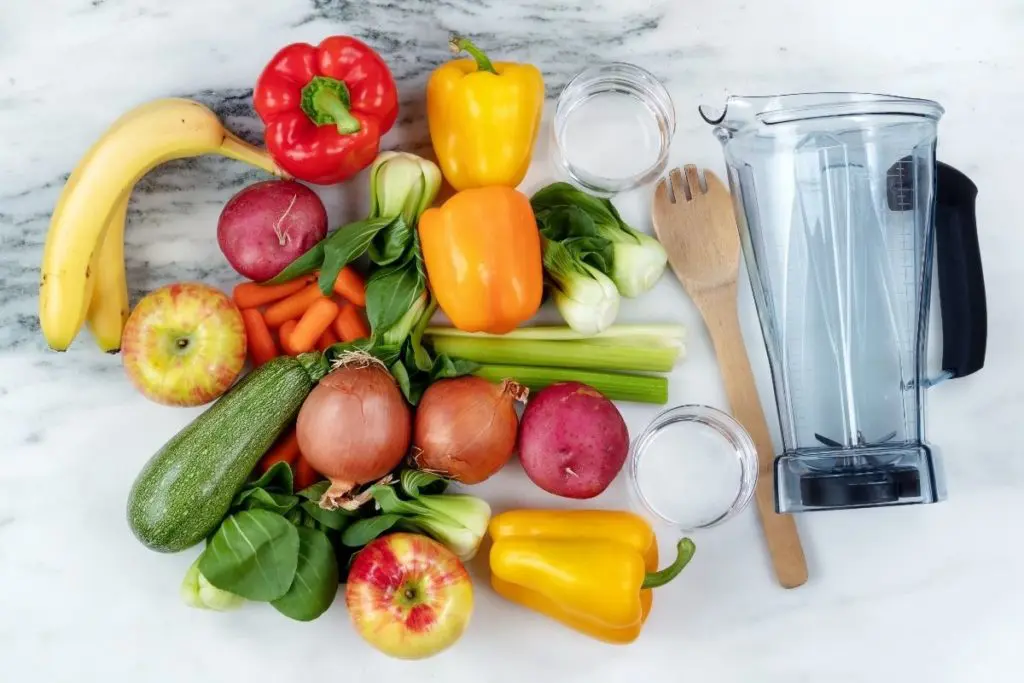
The different styles of blenders and food processors lend themselves to different uses. There are certain foods and recipes where each device is most effective. These are the different uses of food processors and blenders.
What is a Food Processor Used For?
Food processors are built to chop their contents into a thicker, chunkier texture. They have dense blades and a slightly weaker motor, meaning they don’t pulverize their contents as blenders do to theirs. Food processors are ideal for pie, biscuit, and pasta dough. All these kinds of dough have a sturdy texture that a blender would struggle to work through. The blades of a food processor are very sharp. Similarly, using a food processor for pasta dough drastically cuts down on the amount of time and energy spent making the dough. It also helps you achieve a consistent texture with each batch, which is especially important for these kinds of dough.
Dips and spreads that require a thicker texture are also perfect for food processors. A food processor has the strength to break down all the contents in its containers while having them still maintain some of their texture. If a chunky salsa is what you’re after, consider using a food processor to achieve the ideal consistency.
What Is a Blender Used For?
Blenders work best for transforming their contents into smooth liquid states. They are perfect for cocktails, smoothies, and sauces. Hollandaise and purees are favorite recipes that require blenders. They are smooth and thoroughly blended foods whose consistency only a blender could achieve. The silky texture of a puree is not something a food processor can produce.
Cake and pastry batters are also ideal for blenders. The movement of contents through the container of the blender pushes air into the batter, creating a fluffy mixture. This same characteristic is what makes blenders great for smoothies.
So, What Is the Difference Between a Food Processor and a Blender?
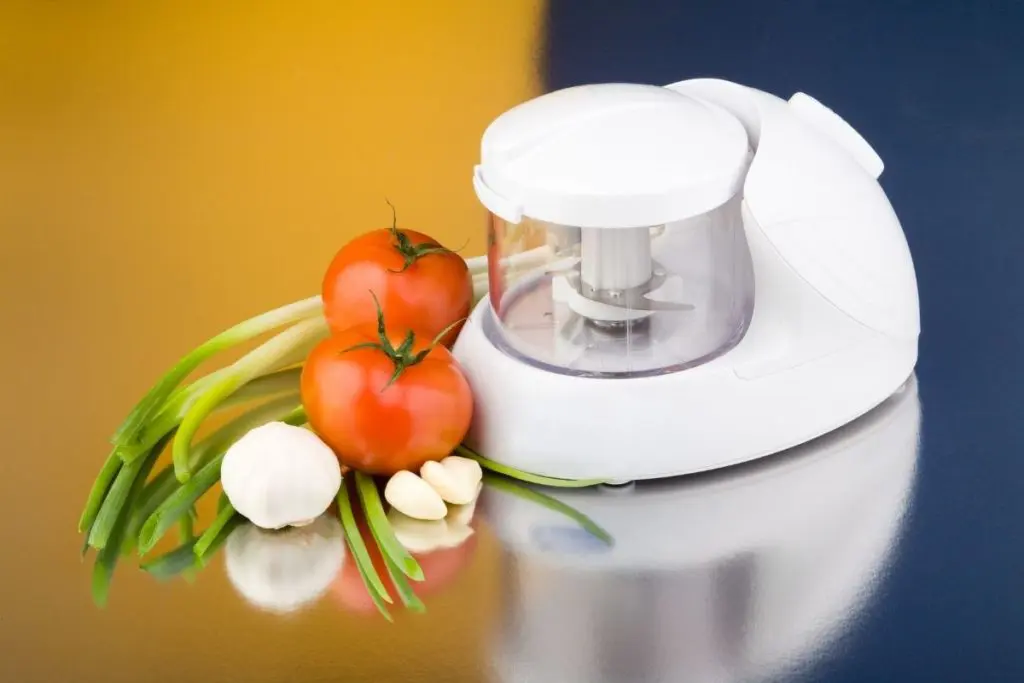
In short, blenders are better designed to slice foods that will be mostly liquid, whereas food processors are better for mostly solids. The desired end product is different for each device in most cases. However, there are some cases where a blender and food processor can be interchanged. It’s best practice to consider what you expect from your final product and decide which device will work well based on this.
FAQ
1
Can I Make a Smoothie With a Food Processor?
It’s easy to make a smoothie with a food processor using the same process as you would with a blender:
Add the ingredients of your smoothies to the canister, then turn on the food processor and slice up the contents.
The biggest thing to note here is that a smoothie made in a food processor may need more liquid to reach a standard fluid smoothie consistency. Food processors aren’t designed to blend their contents; they are intended to chop up the food in their canister. You might have to blend for longer and with more liquid to reach the desired consistency. However, it is entirely possible to make a smoothie with a food processor.
2
Can I Use a Food Processor as a Juicer?
Like making smoothies, food processors can also be used for juicing. Make sure you chop the ingredients ahead of time. This will lighten the load on the motor and prevent the blades from clogging. We advise that when placing the food into the food processor, you should put the lighter items at the bottom of the canister and heavier ones at the top. This will help increase the juicing efficiency of the food processor. After you’ve thoroughly chopped the contents of the food processor, you need to strain out the liquid. Transfer the contents to a mesh strainer and push the juice out of the pulp.
3
Should I Buy a Blender or a Food Processor?
While it may seem that blenders vs. food processors can be used the same, there are several instances where one or the other is necessary. When it comes to choosing which you should purchase, you should first ask yourself how you plan to use the appliance.
If you’re a huge smoothie fan and see this being the main use of your appliance, then a blender is likely the best choice. Blenders can crush ice and make certain kinds of dips, but they can’t grate or chop food like food processors. They blend better through soft foods and liquids, blending their contents to a smooth consistency. This is also desirable for some soups and salsas.
Food processors, on the other hand, slice through solid foods with ease. Their contents are more evenly sliced, which is ideal if you’re making cauliflower rice or coleslaw. They also work well with thick purees, hummus, chunky salsa, and other foods with thicker textures. If you need an appliance that slices through tough foods, go with a food processor.
You can find blenders with features that make them more similar to food processors. However, these models tend to be very expensive. If you have the space and funds, it can be well worth it to own both a blender and food processor.
Further Reading
